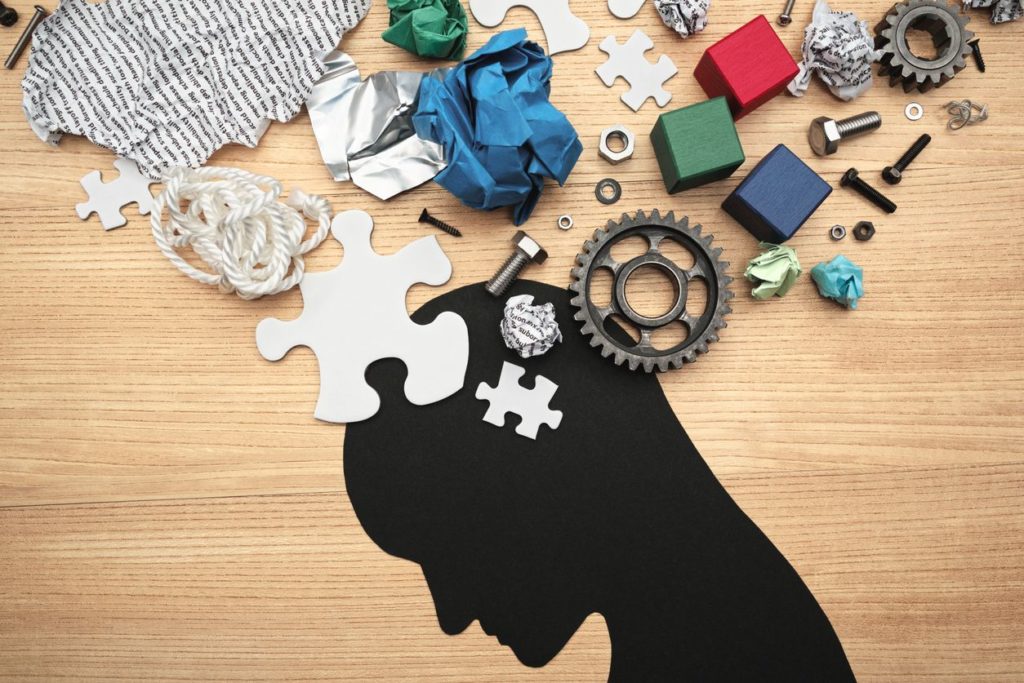It’s 10 o’clock in the morning, and you glance at your to-do list. You have emails to send, phone calls to make, school lessons to complete with your child(ren). With the whole day ahead of you, you feel hopeful you will be able to get so much accomplished.
Yet somehow by the time dinner rolls around, you may be surprised by the fact that you made little to almost no progress on any of those tasks.
Our country is going through a time of massive disruption, which impacts our daily lives and routines. In the midst of this upheaval, perhaps you or your children have found it more difficult to focus and concentrate?
This is not unusual. It has to do with the way that our brains are wired.
The science behind your inability to focus
Think back to when you were in school. Were there some subjects that you enjoyed more than others? Did you find it easier to learn the subjects that you liked? In the subjects that you disliked, did you find it harder to make progress in your learning?
There are certain areas in our brain that control our social and emotional skills. These areas of the brain influence how we react to emotional events and how we show empathy. But even more surprisingly, they influence how we process information.
Our feelings at any given moment affect the amount of information we can process. Negative emotions, such as fear, anger, or anxiety (which many people are feeling these days) are linked to less activity in the part of the brain that is responsible for thinking.
Positive emotions, such as joy, gratitude, hope, or amusement are associated with more activity in this area. Research has shown that when children experience positive emotions they can more easily make connections to the thinking part of their brain.
Watch the first 6 minutes of this video to learn more:
In the current situation, where most of us are isolated from our friends and certain family members, where schedules have changed considerably, and where we cannot partake in many of our usual activities, negative feelings can arise more often than usual.
This impacts our ability to work and learn.
What can you do about it?
So how can we balance our feelings and our need to be productive? How can we help our children grow and learn even during a crisis?
A first step is self-awareness (which is an SEL skill) and being aware of one’s feelings.
Maybe your child is:
- Sad because they can’t play with friends?
- Happy to not have school?
- Afraid to lose family members or to get sick?
- Excited to use all their free time to do something they usually would not do?
- Angry because they cannot do their normal activities?
- Pleased that your family gets to spend more time together?
Or maybe they cycle through each of those emotions or experience a combination of all those feelings at different times.
Depending on the age of your child, different strategies might help them become more aware of what they are feeling:
- For small children (toddler age): Can they act out their feelings by pretending to be an animal? What animal are they today? How does that animal move today?
- For elementary school children: Can they draw a picture? What colors feel right today? What feelings do they associate with those colors?
- For teenagers: Do they have a journal, either on paper or in digital form? Some might want to take a picture and describe why that picture reflects their feelings. Some might want to write a fictional story or a poem. Many adolescents use music to communicate how they feel.
If you find that your children are having a difficult time staying focused, consider trying one of those strategies. Giving them time, space, and tips to identify what they are feeling, validating their feelings, and helping them work through them will allow them to redirect their attention to the task at hand.
Other tips to encourage productivity in an uncertain situation:
- Try sticking to a routine as much as possible. Young people do better when they know what to expect and have consistency during the day.
- Consider writing up a schedule. Display it somewhere where everyone can see it. Maybe use color codes to show different activity times for the day.
- Think of a signal (like a chime or music) to show the transition between the one block of time and the next.
- Include brain breaks and physical activity.
- At the same time: Allow them some choice.
- Let them choose where they will do their work.
- Let them pick what you do together during playtime.
- Let them choose what they will read or write about.
It’s important to acknowledge that these uncertain times impact how we feel and how our children feel, which in turn impacts how we think and what we are capable of focusing on. Be patient and kind to yourself and to your children. Allow for feelings to be felt, express positivity and reassurance, and have realistic expectations, and simply do the best you can.
This is how our brains are wired to work best.
Parenting in a Pandemic (Blog Series)
With students home from school, social emotional learning strategies can help parents support their children’s overall wellbeing in the face of global stress from the COVID-19 pandemic. In this blog series, we offer strategies to help parents support students’ social and emotional needs during this disruptive time. If you’d like to receive notifications when new blogs in this series are available, you can subscribe to our blog here.

